The Asus ZenScreen MB27ACF fills a segment of the market we never thought we would ever need. It’s a super-slim display that can prop itself up or use a mount for desktop use, but it’s also 27 inches, which is almost twice the size of a regular variant. It’s expensive for a 1440p mixed-use monitor, but let’s check if the performance and the unique design can make up for that.
Asus ZenScreen MB27ACF Specifications
- Screen Size: 27 Inches
- Resolution: 2560 x 1440 QHD
- Aspect Ratio: 16:9
- Panel Technology: In-Plane Switching (IPS)
- Refresh Rate:100Hz
- Response Time: 5ms
- Contrast Ratio: 1500:1 (Static)
- Brightness: 300 cd/m2
- Built-in Speakers: Yes (2.1 Channel with Subwoofer)
- Stand: Height -Yes
- Stand: Tilt – Yes
- Stand: Swivel – Yes
- VESA Compatibility: Yes (100 x 100)
- Connectivity: HDMI 1.4 x 1, USB-C PD60W x 1, 3.5mm Audio Jack x 1
- Dimensions with Stand(WxHxD): 24″ x 24.6″ x 12″
- Weight: 6.57 lbs
Design and Features’
The Asus ZenScreen MB27ACF has a very modern design with slim proportions and a discrete aesthetic. The screen has a black chassis with silver accents, so it looks like most high-end displays out there. The screen has a bezel-free design, but the bottom border is considerably thicker than the rest.
This is probably the largest portable monitor we’ve seen in recent times, so it’s quite imposing even if the 27-inch panels are quite common now. The whole device, though, is very light for its size, but that 6.75 pounds will be felt if it’s added to your bag. However, the trick is finding a laptop bag that will accept a 27-inch monitor plus the laptop itself.
The Asus ZenScreen MB27ACF feels thin and fragile because it’s so slim, but its build quality is actually good. The major parts seem like they are made with precision, so there are no burrs or sharp edges. The monitor’s kickstand is quite stable, so it should withstand an accidental nudge with ease.
The Asus ZenScreen MB27ACF’s OSD controls are similar to what other portables have. It’s easier to use than the regular buttons, but it can still take longer for some users than a joystick. However, there is no room for the latter simply because this gadget is so thin.
This model has two stand options in the form of the built-in kickstand and the monitor arm with a specific clamp. This is fantastic since you get options depending on how you want to use the monitor. Standard VESA mounts won’t work, but you have a stand for home or office setups and an alternative for portable mode.
This monitor also relies on USB-C for connectivity, but it also has an HDMI slot for video inputs. Note that single cable operation is only available via USB-C, so you will have to plug this monitor in for the HDMI setup. Cables are included with the package, so you won’t have to spend more to find the right one.
The Asus ZenScreen MB27ACF has speakers despite its very thin profile and dimensions. It has a 2.1 setup composed of two satellites and a mini woofer for bass output. It’s not powerful, but it sounds better than what other portables have.
Display and Performance
The Asus ZenScreen MB27ACF sports a 27-inch IPS panel with a 2560 x 1440 resolution, a 100Hz refresh rate, and a 5ms response time. The backlight has a 300 cd/m2 output, while the contrast is listed at 1500:1. This model doesn’t advertise special features like HDR, but that’s understandable since entertainment is not its main purpose.
27-inch 1440p models are the best for work since the pixel density is quite balanced. It’s a welcome respite from your laptop’s tiny screen, but it’s also larger than any available laptop out there. It will need more GPU power for games, but 1440p at 100Hz is very manageable now.
The Asus ZenScreen MB27ACF covered more than 100% sRGB and 81% of DCI-P3 for decent color in games and movies. Its default accuracy had a deltaE average of 2.13, making it decently accurate out of the box. Most users won’t have to do anything to it apart from finding the perfect brightness setting.
Calibrating it reduced the dE average to 1.78, making it a bit better and closer to a neutral setting. However, colorimeters can be expensive, so we only recommend them if the user will use the monitor for color-critical work. It’s an option, but there are better monitors out there if you want better color accuracy.
The Asus ZenScreen MB27ACF’s backlight reached 295 cd/m2 at 100%, while its contrast peaked at 1355:1 at 60% brightness. These are very good numbers for an IPS panel, let alone a portable variant. Most of them in the market barely break 700:1 in tests, giving this model a huge advantage.
Panel uniformity for the test sample had some issues in the upper corners of the screen. The backlight bleeding showed up as clouding in dark scenes, but they are not as noticeable otherwise. This is common with IPS panels, but it varies wildly, so you can get a better unit.
This monitor isn’t the most responsive out there, but its 100Hz output certainly helps a lot. It works great for faster-paced games, but there will be some persistence in some instances. It’s not the best for our favorite hobby, but we’re pretty happy with it since it has some capability in that regard.
The Asus ZenScreen MB27ACF is compatible with FreeSync, but G-Sync does not work for it. VRR is important for higher resolution screens, but most commercial-grade GPUs can easily handle it. Its input lag sits at 6ms at 100Hz, making it faster than most portable monitors in the market.
Thoughts on the Asus ZenScreen MB27ACF
The Asus ZenScreen MB27ACF is a beautiful piece of kit for work and play. It’s a 27-inch QHD display, but it’s also designed for gaming or entertainment on the go. We love the dual stand design, which gives you the flexibility without the extra cost.
With that said, the Asus ZenScreen MB27ACF is far from perfect, like most products out there. Its gamut is still limited like most portable monitors, and it has no G-Sync compatibility. It’s also expensive for a 100Hz QHD display, but it is still a good purchase for your mobile gaming rig or workstation.
Pros:
- Excellent Design
- Thin and Light
- Decent Image Quality
Cons:
- Limited Gamut
- Expensive for 1440p 100Hz
About the Author: 
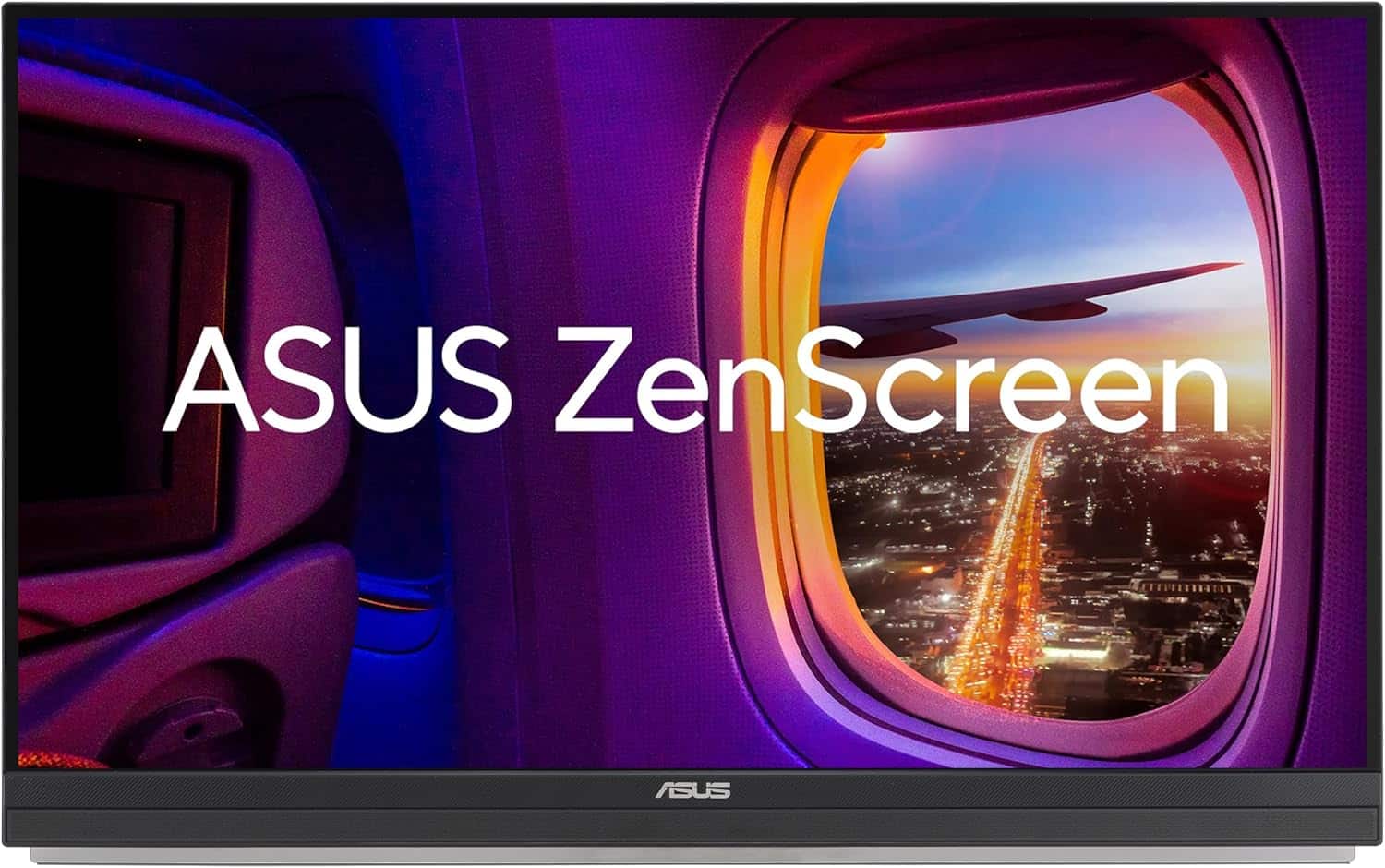
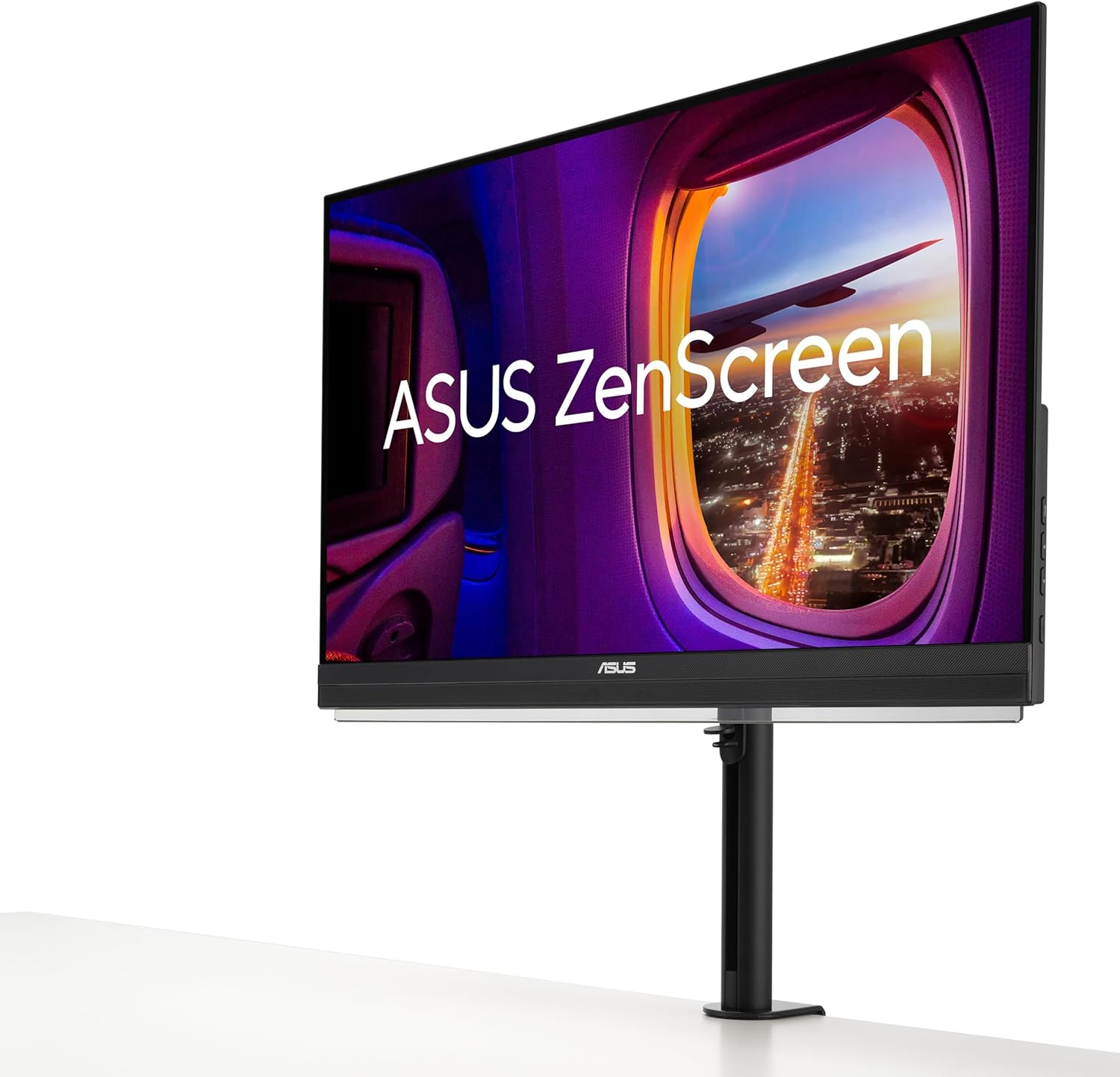
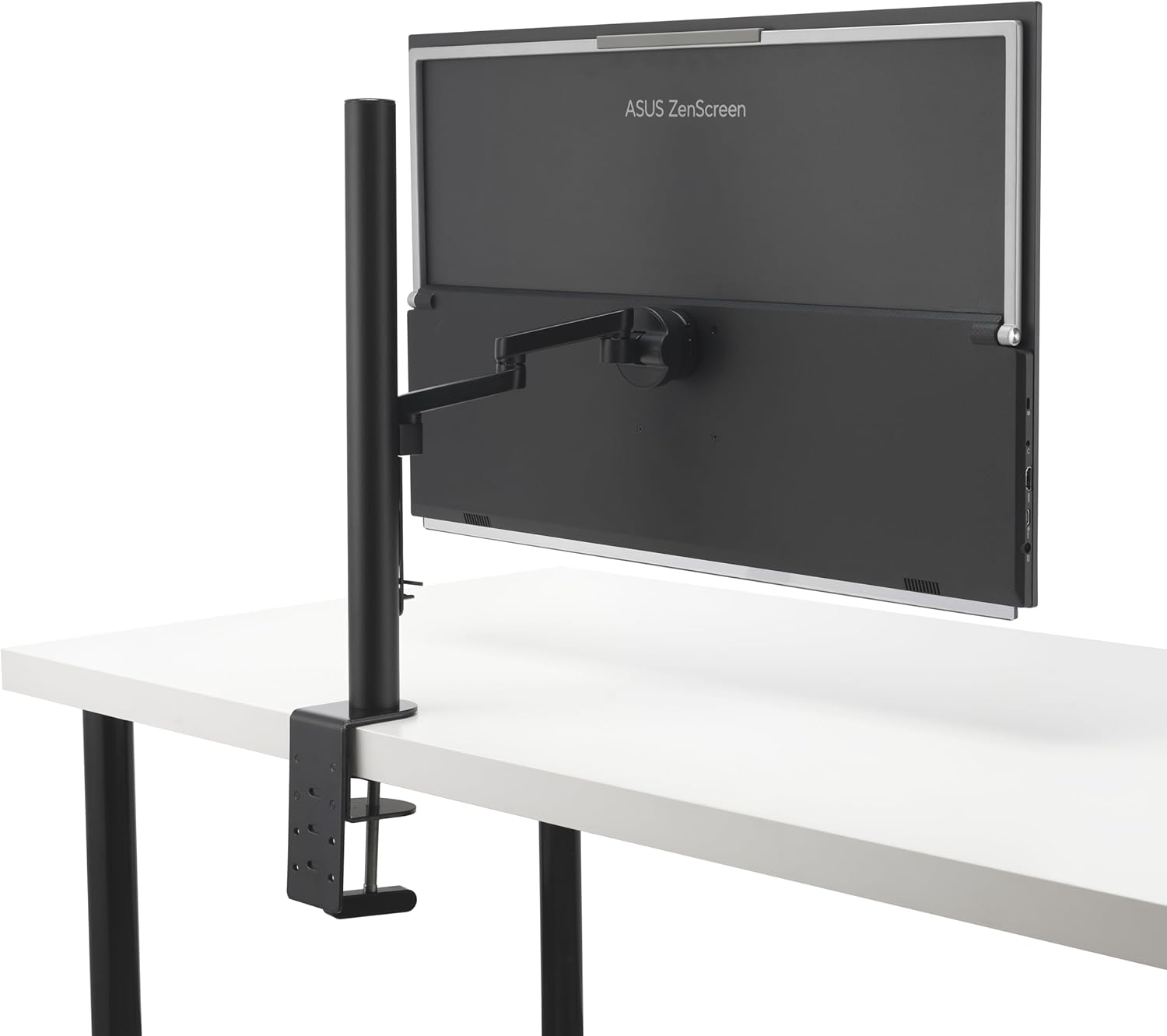
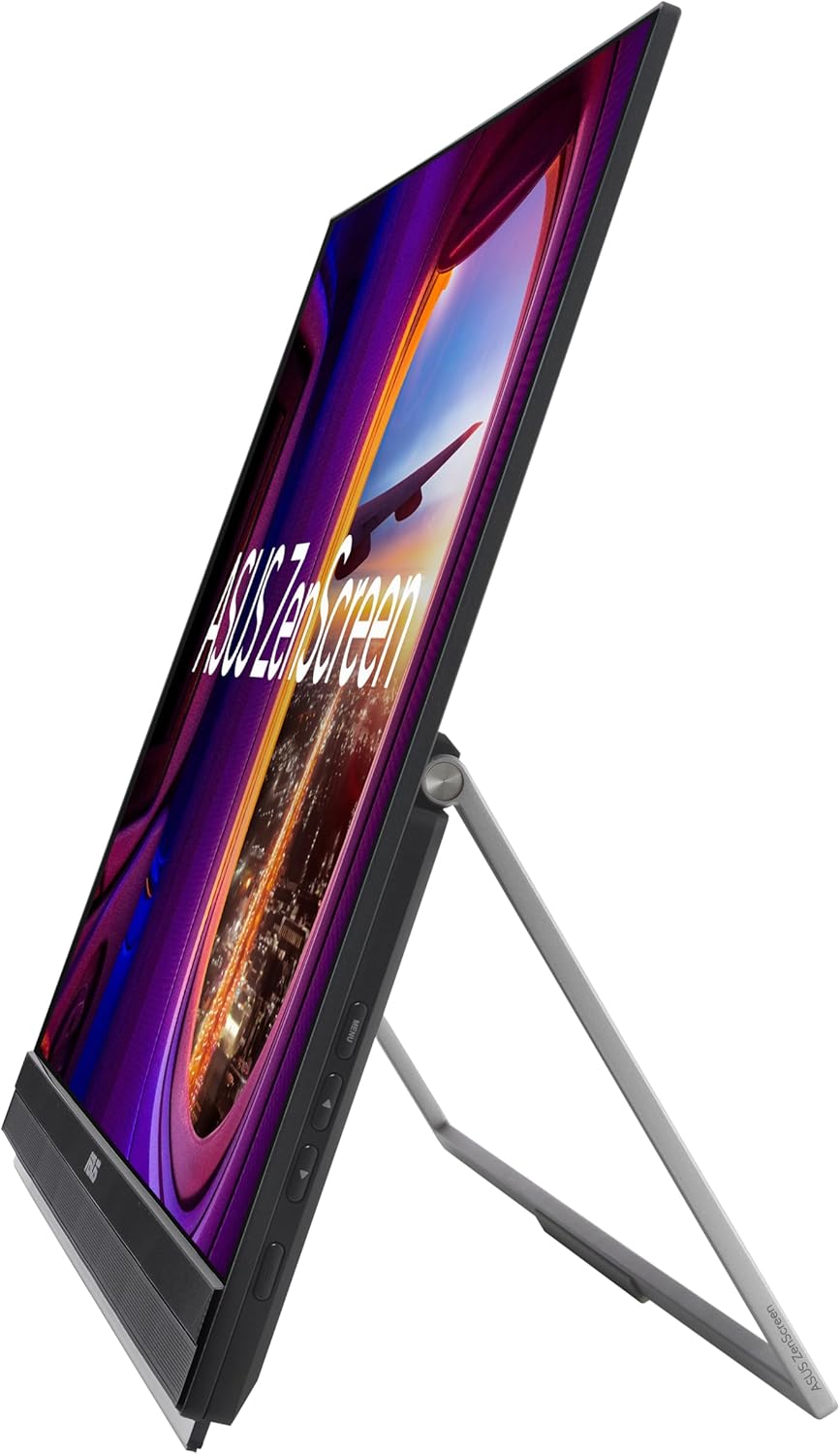
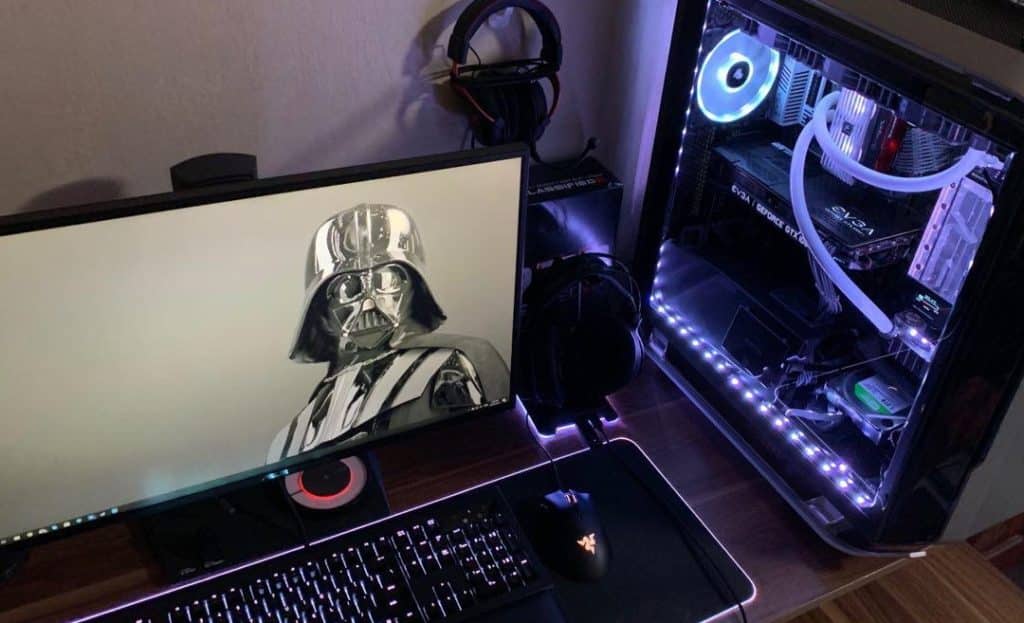
Leave a Reply